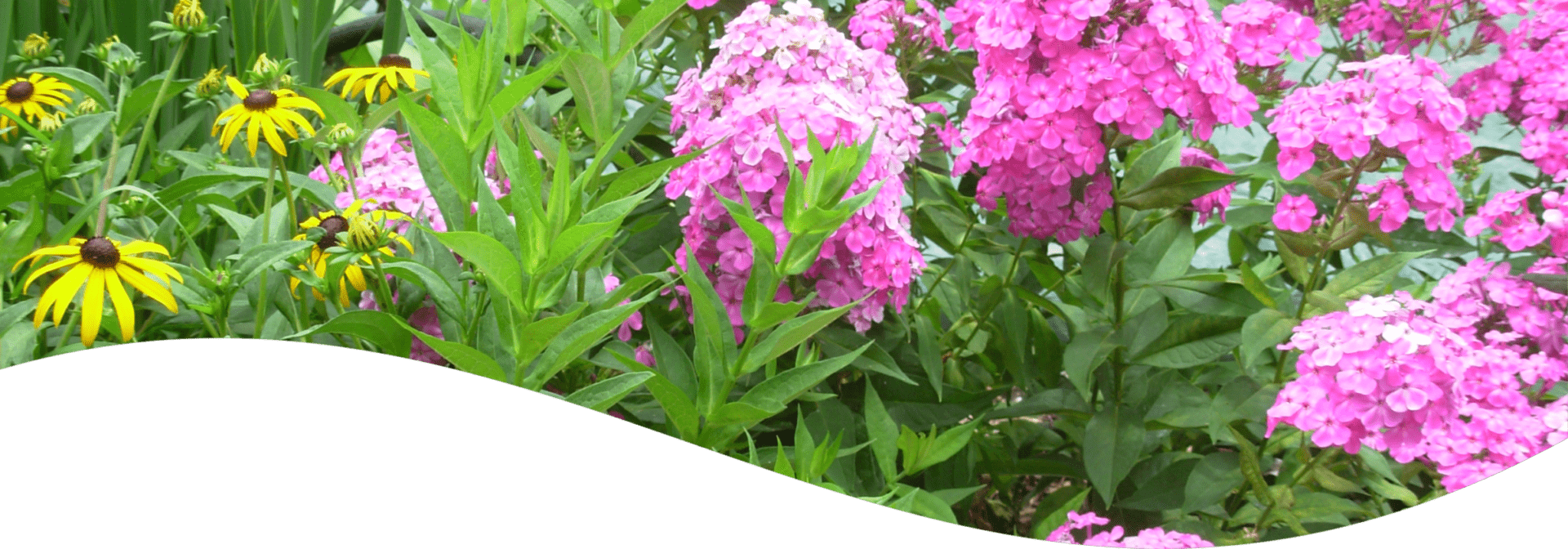Gardening Tips For May
The month of May is when spring really arrives in full force! We can get so much done in our garden this month including, planting our vegetables from seed, keeping plants tidy, weeding, fertilizing plants, pruning early flowering shrubs, removing …

